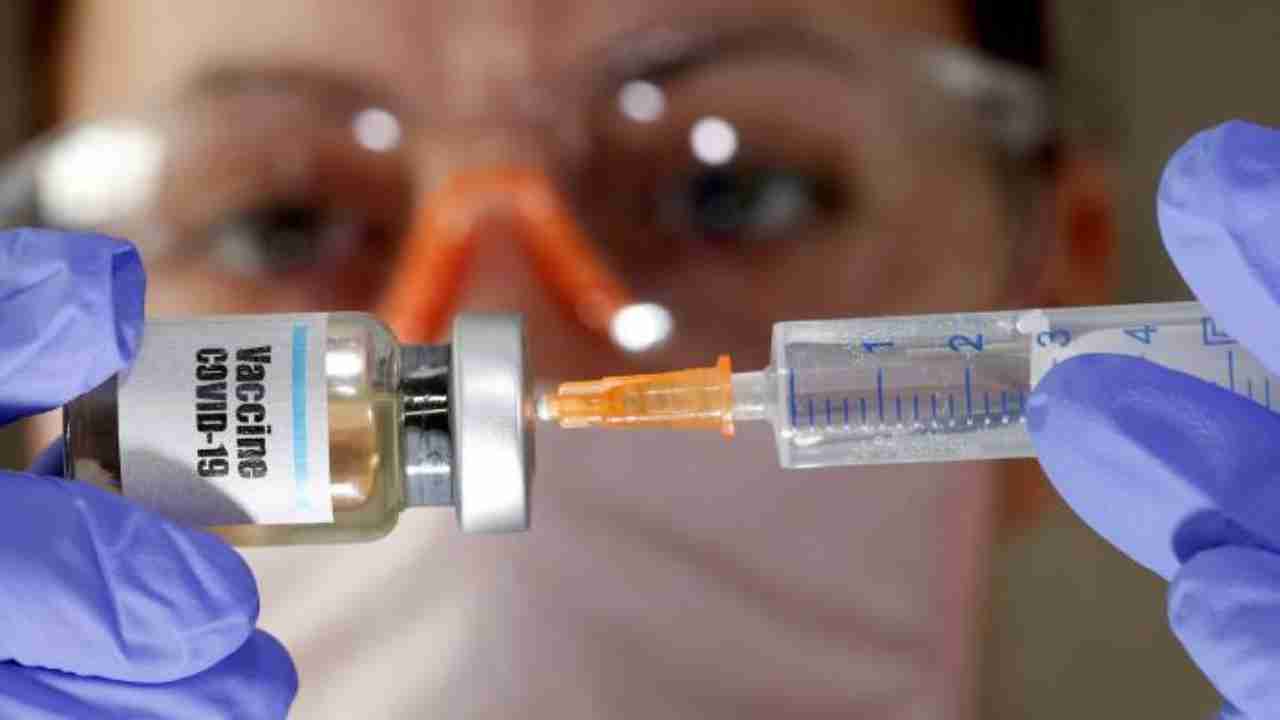Several COVID-19 vaccines are now in final stages of development. It is estimated that Oxfords’ Astra Zeneca vaccine will be available by the year end. Serum Institute of India that has partnered to produce the vaccine says it will be available by March 2021 in the market. Meanwhile Bharat Biotech has partnered with Washington University to develop an intranasal vaccine for COVID-19.
As and when these vaccines complete trial and are introduced into the market, India will need to have a well thought out vaccination strategy in place. Successfully immunizing one of the largest populations will require an enormous effort in planning and strategizing. The first issue will be the quantity of doses in place. India and South Africa have made a joint proposal to the WTO to ensure universal access to coronavirus vaccines and this has met with approval from WHO. In a submission before the TRIPS (Trade-Related Aspects of Intellectual Property Rights) Council of WTO on 2 October, India and South Africa urged WTO members for waiver of certain rules of TRIPS agreement to ensure that intellectual property rights such as patents, industrial designs, copyright and protection of undisclosed information do not create barriers to the timely access to affordable medical products including vaccines and medicines or to scaling-up of research, development, manufacturing and supply of medical products essential to combat COVID-19.
For ensuring equitable access to vaccines COVAX is already in place led by Gavi, the Coalition for Epidemic Preparedness Innovations (CEPI) and WHO. Its aim is to accelerate the development and manufacture of COVID-19 vaccines, and to guarantee fair and equitable access for every country in the world. Broadly it offers doses for at least 20% of countries’ populations, ensures diverse and actively managed portfolio of vaccines and delivery as soon as they become available. It aims to end the acute phase of pandemic and help rebuild economies. 64 higher income economies have now joined the COVAX Facility, with a further 38 economies expected to sign in the coming days. WHO says that India is in talks to join it and India’s joining COVAX will be important for its success since India has a large vaccine manufacturing capacity.
To ensure that populations are adequately vaccinated to achieve some sort of herd immunity large number of people will have to be vaccinated in a relatively short period of time since immunity of initial vaccines will not last very long. India’s total vaccine production capacity, led by private producers, is estimated to be 3 billion doses per year. Apart from Serum Institute who have signed supply and license agreements with Novavax and production agreements with AstraZeneca for 100 million doses of their vaccine, AZD122 (a.k.a. the ‘Oxford vaccine’). News reports also indicate Dr Reddy’s Laboratories could be starting clinical trials of Russia’s Sputnik V vaccine in India soon.
With several agreements in place for distribution it is unlikely that the whole dose produced in India will be available to India. Even if it becomes available India still doesn’t have the logistical capacity to immunize such a large population in a short amount of time. Even our childhood vaccination programme targeting only children doesn’t still cover the entire children population even though India spends considerable time and resources in getting the vaccines to every child. According to the latest NFHS-4 survey, 62 percent of children age 12-23 months had received all basic vaccinations at any time before the survey, and only 54 percent received all basic vaccinations by age of 12 months.
COVID-19 vaccine will need universal coverage, adult and children. For this monumental effort India will need large number of health workers for administering the vaccine, logistics in place to maintain cold chain, transport and storage facilities, safe and disposable needles, and data bases to maintain records of those vaccinated etc. Before it can even begin and hope to have a successful vaccination programme India will need in place an effective strategy for dissemination of information and communication with people since vaccine will require acceptability and any misinformation or myth surrounding vaccines can greatly impact the programme and its coverage. India is already battling fake news regarding COVID-19 – its spread, prevention and cure with WhatsApp leading the charge for spreading misinformation about dubious remedies. Vaccination programme will also need to reach geographically remote and inaccessible parts of the country in inhospitable terrains.
Moreover to ensure maximum protection from the vaccine India will need to prioritise who gets the vaccine first and foremost. In fact any country with a publically funded health care programme will give vaccine on priority. Ensuring this will be especially important for India for equity concerns otherwise rich will end up getting vaccines at the expense of someone more needy. Vaccine, as and when it becomes available, must be first given to health care workers and doctors and essential workers like delivery people since their exposure is highest. People with co morbidities like heart disease or cancer or with respiratory issues should also be prioritized since COVID-19 affects them with greater severity with higher risk of complications and mortality. Same with older people. School going children and younger infants should also be immunized on a priority as well, since they are a high transmission risk even though evidence suggests COVID-19 doesn’t cause severe disease in children.
People who have already recovered from COVID-19 and have some antibodies can be put on hold for a while since immunity lasts for sometime. Similarly younger and healthier adults with low risk of exposure can be attended to later if vaccine is limited. Vaccine can also be distributed according to areas that have been containment zones with high number of cases. The government already has data on this. Places with low population density and zero or low number of cases can wait a while for vaccines. Different state governments and district administration must maintain a sense of responsibility in distribution and administration of doses so that the most vulnerable and high risk population can be covered first. This will be easier said than done.
The Ministry will also need to have guidelines about sale and availability of vaccines and data on exact number of doses available and given to ensure transparency and prevent hoarding, black marketing or price inflation. This will greatly depend on whether the vaccine is available in the market or through strict state health mechanisms. Thus India’s pandemic challenge will not end with availability of vaccine. In fact the process of vaccination and coverage will be the most vital steps for control for COVID-19 and subsequent return to normalcy.
Views are author’s own
















